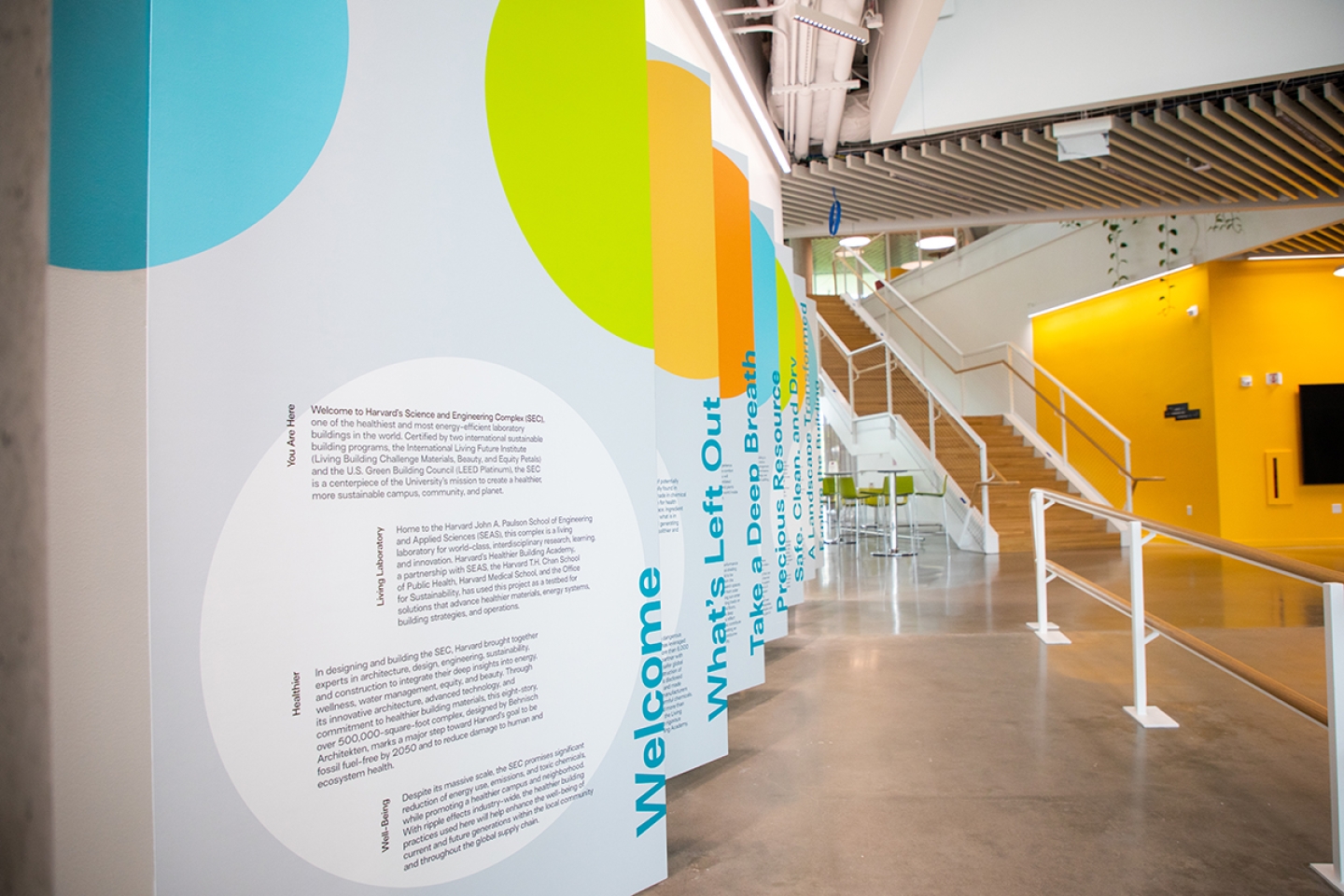Virtual Tour
Tour Stops
Tour Stops
https://seas.harvard.edu/tour/allston/1/science-and-engineering-complex-sec
https://seas.harvard.edu/tour/allston/2/114-western-avenue
https://seas.harvard.edu/tour/allston/3/east-atrium
https://seas.harvard.edu/tour/allston/4/main-atrium
https://seas.harvard.edu/tour/allston/10/engineering-yard
https://seas.harvard.edu/tour/allston/5/lower-level-1
https://seas.harvard.edu/tour/allston/6/lower-level-2
https://seas.harvard.edu/tour/allston/9/library
https://seas.harvard.edu/tour/allston/9/upper-floors
https://seas.harvard.edu/tour/allston/11/classrooms
https://seas.harvard.edu/tour/allston/12/allston-neighborhood
https://seas.harvard.edu/tour/allston/8/sustainability
https://seas.harvard.edu/tour/allston/7/active-learning-labs
https://seas.harvard.edu/tour/cambridge/1/harvard-yard
https://seas.harvard.edu/tour/cambridge/2/science-center-and-seas-history
https://seas.harvard.edu/tour/cambridge/3/labs-cruft-lise-mckay
https://seas.harvard.edu/tour/cambridge/4/pierce-hall
https://seas.harvard.edu/tour/cambridge/5/maxwell-dworkin
https://seas.harvard.edu/tour/cambridge/6/northwest-building
https://seas.harvard.edu/tour/cambridge/7/engineering-sciences-lab
8. Sustainability
Harvard’s Science and Engineering Complex (SEC) is one of the healthiest and most energy-efficient laboratory buildings in the world. It was certified by two international sustainable building programs: the International Living Future Institute (Living Building Challenge Materials, Beauty, and Equity Petals) and the U.S. Green Building Council (LEED Platinum).
In designing and building the SEC, Harvard brought together experts in architecture, design, engineering, sustainability, and construction to integrate their deep insights into energy, wellness, water management, equity, and beauty. The complex marks a major step toward Harvard’s goal to be fossil fuel-free by 2050 and to reduce damage to human and ecosystem health.
Harvard leveraged the SEC as an opportunity to evaluate more than 6,000 products, and to educate, advocate, and partner with manufacturers and designers to create a safer global supply chain. During the design and construction of this building, more than 1,200 companies disclosed the ingredients in their building products and made this information publicly available. Many manufacturers reformulated their products to remove harmful chemicals.
The façade is engineered to boost energy performance and maximize natural light. The screen of metal shading panels—the first façade element in the world to be fabricated using hydroforming techniques borrowed from the aerospace industry—sheaths the upper research spaces. The patterned enclosure shields the interior from solar heat gain during warmer months, while letting sun enter during the winter, reducing cooling and heating loads on the mechanical plant.
The SEC is built to withstand storm surge flooding and other major climate events. Its water-management system was engineered to manage runoff during severe rainfalls and alleviate the impact of stormwater events up to, and including, a 100-year storm. Bioretention basins and swales capture rainwater and direct it into a 78,000-gallon rainwater reuse tank. The building’s electrical and mechanical equipment is positioned above expected flood levels to reduce the risks of power outages and other damage caused by high winds or catastrophic events.
The land on which the SEC was built was a brownfield, the result of a history of industrial and manufacturing operations that impacted the soil. To restore the soil on the site, which was contaminated by lead, cadmium, petroleum hydrocarbons, and volatile organic compounds, Harvard removed and properly disposed of over 150,000 tons of soil.
